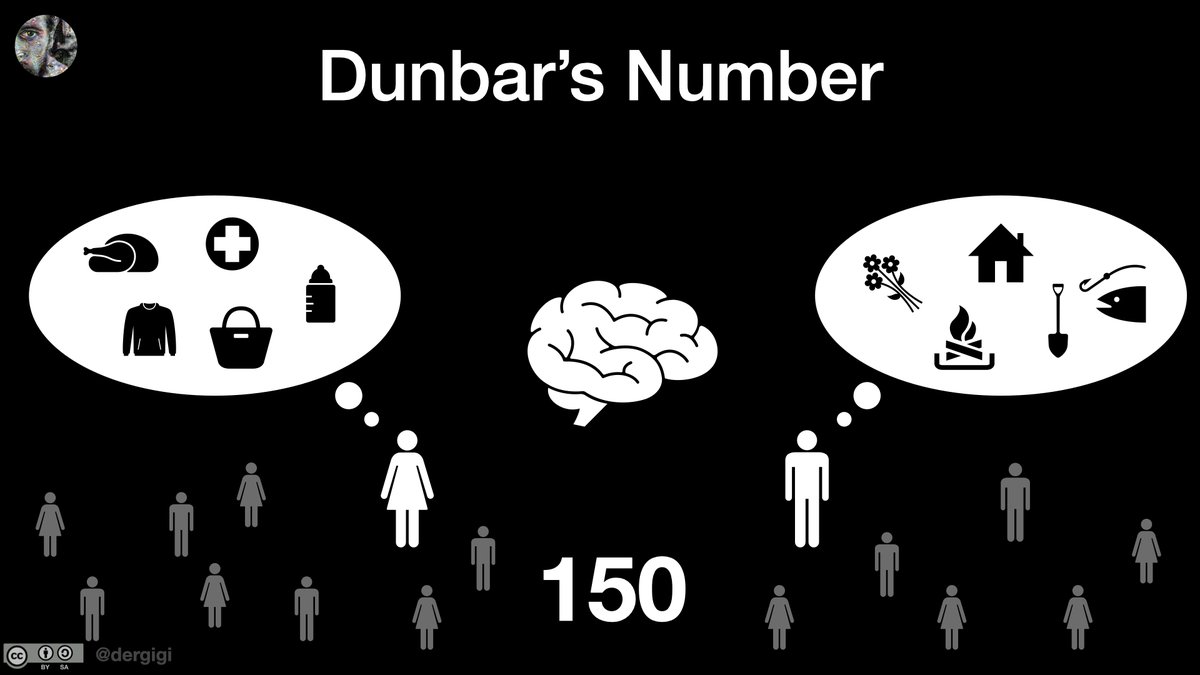
1/ Everyone knows that time is money. In the digital realm, however, money is also intricately related to time. It has to










https://t.co/NjCREIXoWx
New book dropping in 2021
— Gigi \u23f3\u262f\ufe0f (@dergigi) July 21, 2020
Support me: https://t.co/YzixUhq4t6 pic.twitter.com/CRqZeJ1b6s
More from Bitcoin
1/ If, like me, you've been looking at #Bitcoin over the last few years with interest, but you have never really decided which side of the fence you sit on, this thread might be good for you.
This isn't another opinion piece on #Bitcoin , in-fact, it's exactly the opposite. 👇🏼
This thread is a list of resources I have found to be useful and insightful when it comes to understanding the pros and cons of #Bitcoin .
Below, you'll find knowledgeable people 👩🏽💻, articles/essays 📝, podcasts 🎧 and videos 📹 about #Bitcoin . Enjoy!
/2 People 👩🏽💻
These individuals are valuable to listen to, whilst they are bullish, they justify their stance:
@RaoulGMI
@michael_saylor
@DTAPCAP
@APompliano
@VentureCoinist
@AlexSaundersAU
@danheld
@aantonop
@jchervinsky
@real_vijay
@lawmaster
@LynAldenContact
/3 Resources 🏢
A video library of interviews from various Bitcoin enthusiasts. 👇🏼
https://t.co/CJJvHavSOn
A great guide for new investors to Bitcoin. 👇🏼
https://t.co/fOoSfTlWr5
A portal for people to go from zero knowledge to intermediate level.
/4 Tweet threads 🐦
A great thread on rebuttals from common #Bitcoin queries/criticisms. 👇🏼
https://t.co/tPEpFMMPhH
Why companies are starting to put BTC on the balance sheet. 👇🏼
https://t.co/lL71M1A3NF
“A double-spend broke Bitcoin" debunked.
This isn't another opinion piece on #Bitcoin , in-fact, it's exactly the opposite. 👇🏼
This thread is a list of resources I have found to be useful and insightful when it comes to understanding the pros and cons of #Bitcoin .
Below, you'll find knowledgeable people 👩🏽💻, articles/essays 📝, podcasts 🎧 and videos 📹 about #Bitcoin . Enjoy!
/2 People 👩🏽💻
These individuals are valuable to listen to, whilst they are bullish, they justify their stance:
@RaoulGMI
@michael_saylor
@DTAPCAP
@APompliano
@VentureCoinist
@AlexSaundersAU
@danheld
@aantonop
@jchervinsky
@real_vijay
@lawmaster
@LynAldenContact
/3 Resources 🏢
A video library of interviews from various Bitcoin enthusiasts. 👇🏼
https://t.co/CJJvHavSOn
A great guide for new investors to Bitcoin. 👇🏼
https://t.co/fOoSfTlWr5
A portal for people to go from zero knowledge to intermediate level.
/4 Tweet threads 🐦
A great thread on rebuttals from common #Bitcoin queries/criticisms. 👇🏼
https://t.co/tPEpFMMPhH
Why companies are starting to put BTC on the balance sheet. 👇🏼
https://t.co/lL71M1A3NF
“A double-spend broke Bitcoin" debunked.
1/ Fear and Bitcoin.
— Dan Held (@danheld) January 10, 2021
Whenever Bitcoin has a bull run, naysayers try to cope with missing the boat by rationalizing why it will fail through \u201cFear, Uncertainty, and Doubt\u201d or what we Bitcoiners have nicknamed \u201cFUD.\u201d
The is no Devcoin Gold yet. But then again, we've never been one to "peg" to anything. I came across an interesting article about 'recreating' addresses with Bgold that @bitcoincoreorg cut out since 0.13.0 - perhaps one day we can do a similar thing in future Devcoin software :)

https://t.co/cv4UqsaVAK
That being said I hold some Doge @blockio in an "A-" address myself after 0. 1. "9-" versions :). Don't believe Bitcoin Core the Coin (Utility) is the only visible value on Core chain. Color me crazy. I believe in script. And FOSS that is used to export📜

And that's just a guy @MeniRosenfeld who put his identity and ideas out in the public to build a Web of Trust back when the web was much less of a safe place. His identity at stake and the implementation of a branch in source code by another unsung hero @killerstorm reveals value
Some of those who set up our bright future quietly implemented it in a branch on the main source code before it was officially the Bitcoin Core main repository, before a "Bitcoin Core" entity existed
Just because Bitcoin Core nodes dominate and do not read "smart" colored satoshis or display them, doesn't mean they do not exist on chain. The example of recreating P2WSH-over-P2SH address from BTC https://t.co/ZWSP2MO5bY wallets in Bitcoin Core Gold I shared proves -rescan's $

https://t.co/cv4UqsaVAK
That being said I hold some Doge @blockio in an "A-" address myself after 0. 1. "9-" versions :). Don't believe Bitcoin Core the Coin (Utility) is the only visible value on Core chain. Color me crazy. I believe in script. And FOSS that is used to export📜

And that's just a guy @MeniRosenfeld who put his identity and ideas out in the public to build a Web of Trust back when the web was much less of a safe place. His identity at stake and the implementation of a branch in source code by another unsung hero @killerstorm reveals value
Some of those who set up our bright future quietly implemented it in a branch on the main source code before it was officially the Bitcoin Core main repository, before a "Bitcoin Core" entity existed
Just because Bitcoin Core nodes dominate and do not read "smart" colored satoshis or display them, doesn't mean they do not exist on chain. The example of recreating P2WSH-over-P2SH address from BTC https://t.co/ZWSP2MO5bY wallets in Bitcoin Core Gold I shared proves -rescan's $
I will be a buyer under 13800 levels, but depending upon the reversal on smaller timeframe.
#BITCOIN
— Mayank Narula (@Mayank_Narula1) March 5, 2022
Pending RSI divergence on monthly chart which requires a dip under 13805 to get resolved.
But monthly RSI divergences can go on for years before the resolution.
Best case scenario will be panic dump over next few months. pic.twitter.com/hi67hMg9sZ


















